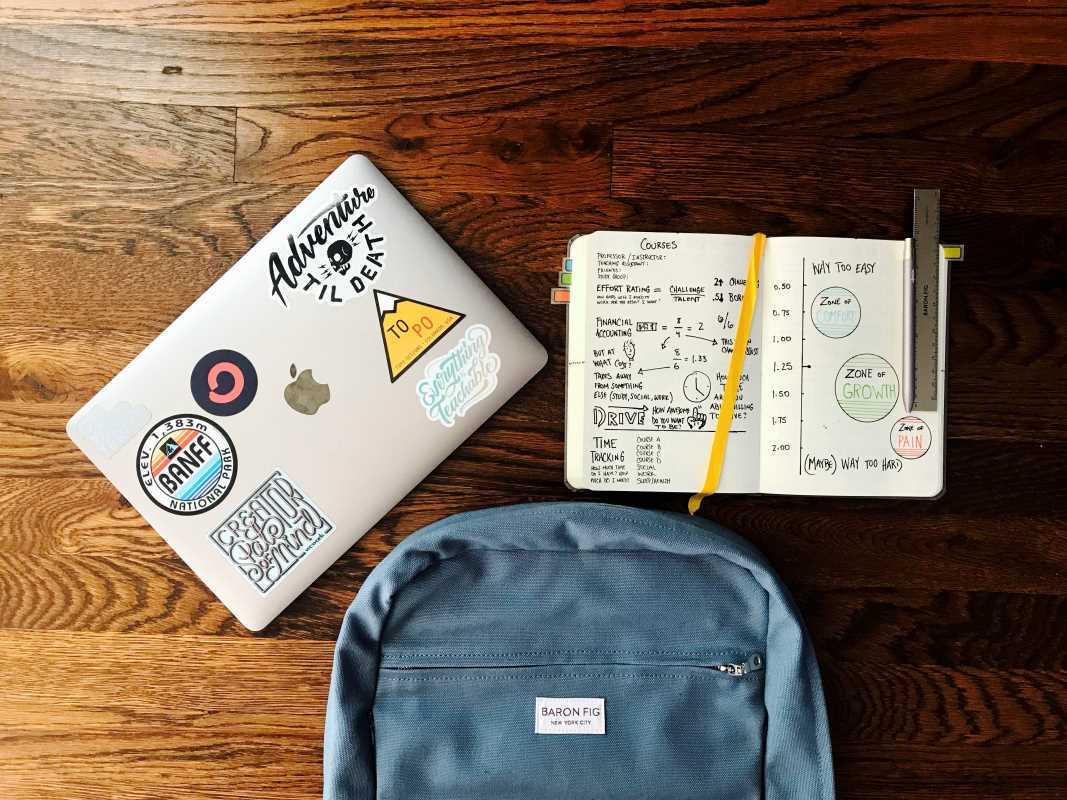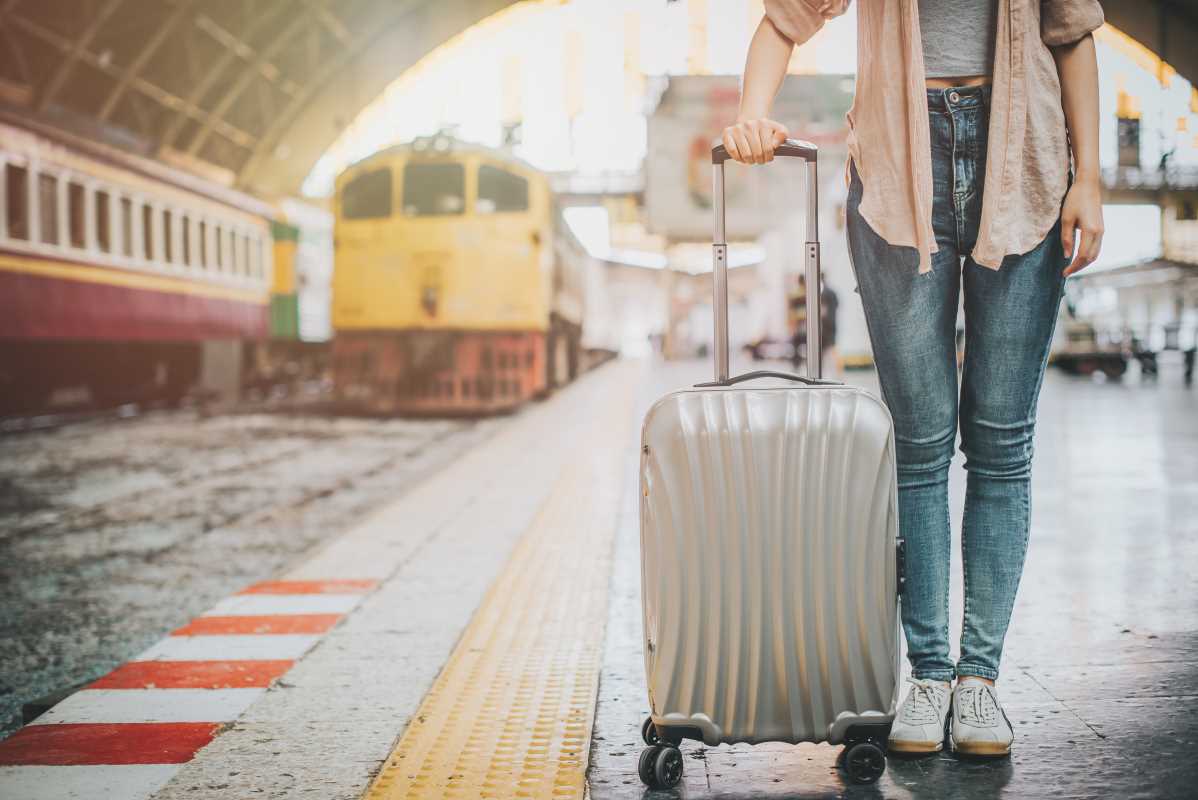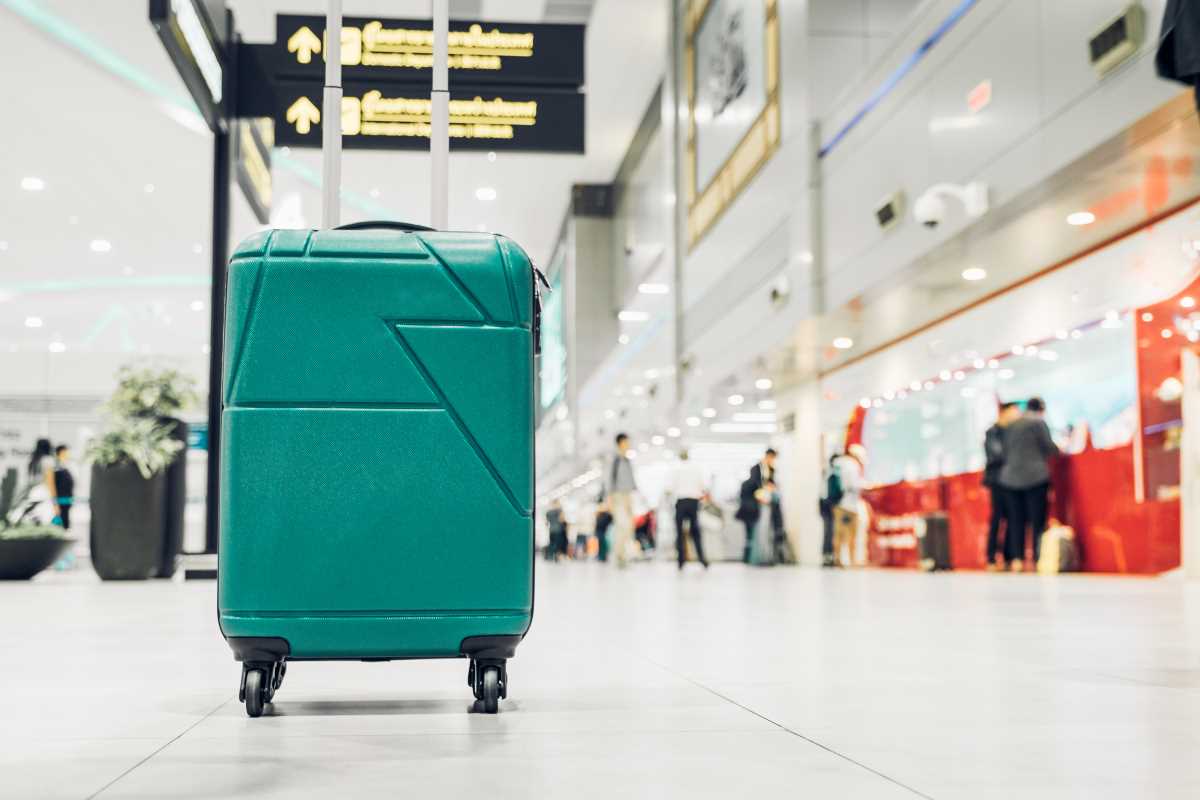Traveling during the off-season offers plenty of perks: lower prices, fewer crowds, and the chance to experience popular destinations in a more relaxed atmosphere. However, traveling outside peak season often comes with challenges, such as unpredictable weather, limited availability of attractions, or fewer services. The key to off-season travel is balancing these factors while still enjoying a comfortable and fulfilling trip. With a little planning and flexibility, you can unlock the secrets to making off-season travel as enjoyable as peak-season adventures—without sacrificing comfort.
Choose Your Destination Wisely
Not all destinations are created equal when it comes to off-season travel. Some locations thrive year-round, while others significantly slow down outside their peak months. Research destinations where off-season doesn’t mean complete shutdowns. For example:
- Cities vs. Resorts: Urban destinations like Paris, Tokyo, or New York City often remain lively throughout the year, offering museums, restaurants, and cultural activities regardless of the season.
- Alternative Seasons: Consider destinations that offer distinct experiences during their off-season, such as ski resorts that transform into hiking and mountain biking hubs in the summer or tropical destinations during their "shoulder seasons."
When planning, look for places that still offer plenty to see and do without the usual tourist influx.
Pack Strategically for the Season
One of the main challenges of off-season travel is unpredictable weather, but proper packing can make all the difference in staying comfortable.
- Layering is Key: Bring versatile clothing you can layer, such as lightweight sweaters, thermal tops, and waterproof jackets. This allows you to adapt to changing temperatures without overpacking.
- Weather-Appropriate Accessories: Invest in quality travel gear like comfortable waterproof boots, compact umbrellas, and insulated scarves. These items can keep you cozy and prepared for sudden weather changes.
- Travel-Friendly Comforts: Pack items like a travel blanket, reusable hand warmers, or cozy socks for added comfort during chillier months.
Being prepared for off-season conditions ensures that you can explore without feeling uncomfortable or unprepared.
Embrace Local Experiences
Off-season travel often means fewer tourists, allowing you to connect more deeply with the local culture. Embrace experiences that are unique to the season:
- Seasonal Foods: Depending on your destination, enjoy hearty stews in winter or fresh autumn harvests. Many restaurants focus on seasonal ingredients, offering dishes you wouldn’t find during peak season.
- Cultural Festivals: Some destinations host unique events or festivals in their off-season. For example, European Christmas markets bring a magical charm during winter, while spring festivals celebrate blooming flowers and warmer weather.
- Slow Travel: Take your time to explore neighborhoods, visit local markets, or enjoy quieter landmarks without the rush of large crowds.
These experiences often provide a more authentic glimpse into the destination than what’s available during busier months.
Choose Accommodations That Prioritize Comfort
Off-season often means more affordable rates, allowing you to upgrade your accommodations without breaking the bank. Take advantage of these savings to prioritize comfort:
- Boutique Hotels or Luxury Stays: Many high-end hotels lower their prices during off-season periods, making it easier to enjoy amenities like spa treatments, heated pools, and room upgrades.
- Cozy Rentals: Consider renting an apartment, cabin, or villa, especially in colder destinations. Properties with fireplaces, kitchens, or scenic views can make your stay more enjoyable and comfortable.
- Central Locations: Staying in a central location minimizes the hassle of traveling in poor weather and keeps you close to attractions and dining options.
A comfortable place to stay can turn any off-season trip into a relaxing and memorable experience.
Stay Flexible and Plan for Downtime
Off-season travel often comes with shorter operating hours for attractions or occasional closures, so it’s important to stay flexible. Build extra time into your itinerary and embrace a slower pace:
- Indoor Activities: Have a list of indoor activities as a backup plan, such as visiting museums, art galleries, or indoor markets. These are perfect for rainy days or colder weather.
- Spa or Wellness Days: Use the slower season to indulge in self-care activities, like spa treatments or yoga classes, that can recharge your energy.
- Read or Relax: Off-season travel gives you the chance to unwind. Bring along a good book, a journal, or your favorite streaming service for cozy evenings.
Flexibility allows you to adapt to unexpected changes while still enjoying your trip.
Leverage Off-Season Savings
One of the biggest benefits of traveling in the off-season is the potential for significant savings. Use this to your advantage:
- Flight Deals: Flights during off-season are often more affordable, and airports are less crowded, making for a smoother travel experience.
- Local Discounts: Many restaurants, tours, and attractions offer discounts or promotions during slower periods to attract visitors.
- Extended Stays: Lower costs make extending your trip or adding extra experiences easier without overspending.
By maximizing these savings, you can allocate more of your budget toward comfort-enhancing extras, like private tours or upgraded meals.







